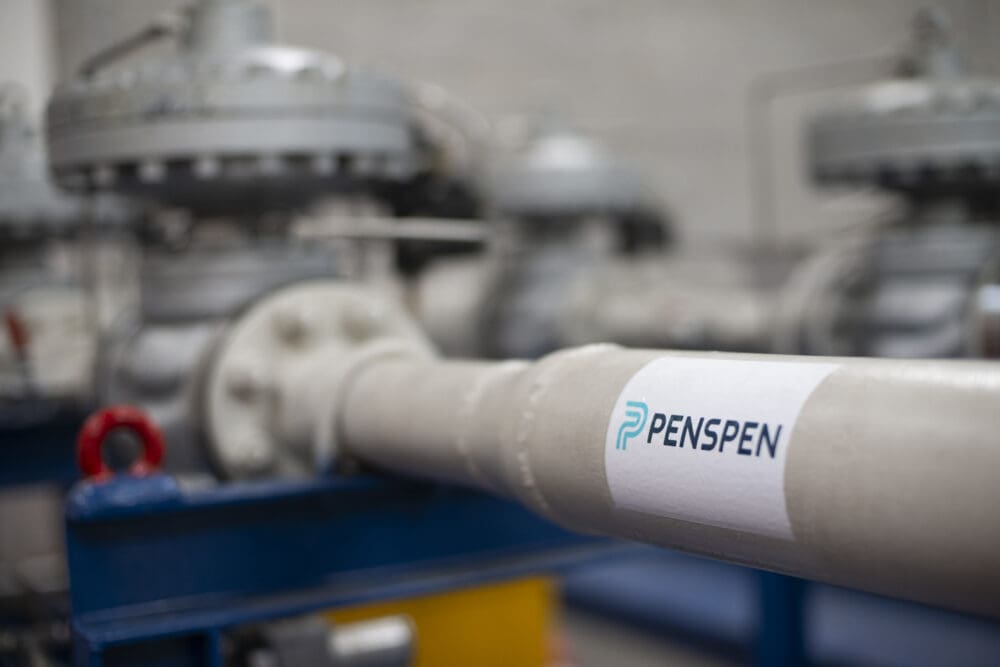Asset Integrity Management Systems (AIMS)
Asset integrity Management Systems (AIMS) bring all aspects of integrity together to ensure protection of people, the environment and the operator from the consequences of failure. It also ensures compliance and optimises useful life.
Penspen’s Asset Integrity Management System model has been developed over a number of years and takes cognisance of recent developments in international codes addressing or related to integrity management as well as our extensive worldwide experience.
The AIMS model has a number of elements. Each element represents a set of arrangements which, in combination, ensure that the asset operator is able to minimise the probability of experiencing unexpected interruptions to operation. Each element can be regarded as a brick in a wall which, if constructed in a coordinated way with the AIMS mortar between the bricks, will separate the asset operator from the undesirable events.
Many operators have many, if not all, of the elements, but in a piecemeal manner. It is the production of a single, detailed document that encompasses all of the above aspects that creates the integrity management ‘system’.
Understanding Risk
At the core of the integrity management system (AIMS) will be a thorough understanding of all the potential risks to the asset.
Risk analysis can be either quantitative or qualitative. A qualitative analysis is usually the preferred first step and this should show an operator the key risks which can be quickly addressed. Quantitative analysis can follow this first step, if necessary, but in both cases (quantitative and qualitative) expert judgement and analysis will be required.
Integrity Management System Arrangements
While an understanding of risk is essential, it is often the supporting arrangements that are the root cause of incidents. For example, a common cause of many incidents is the failure to manage changes, both to the physical asset system and also changes to the organisation and the way it operates. Robust change control systems that recognise the full impact of the change and ensure that the change, once implemented, is communicated within the company minimises the likelihood of such events.
One aspect that is commonly overlooked is the huge number of people, teams and departments within an asset operator’s organisation that have an influence on the assurance of asset integrity. Following analysis, it is common for the number of interfaces to exceed 15. In order to ensure that everyone understands their contribution and, above all, is pulling in the same direction, it is necessary to set out clear roles, responsibilities and lines of communication.
Our services
We offer a range of services, which includes:
Development of asset integrity management systems
Specification and procurement of supporting software
Audits of integrity management systems including gap analysis
Integrity management system training




